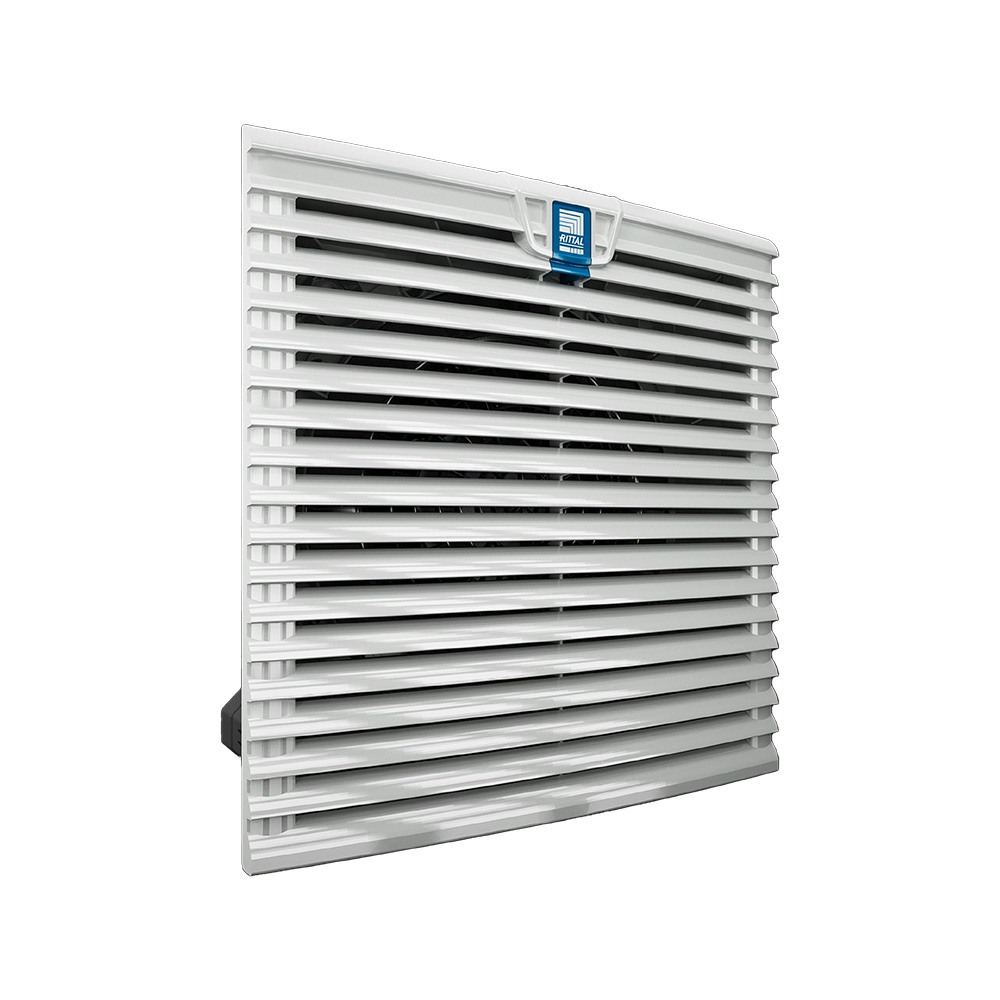3237 Series, AC Fans
Results:
1
Manufacturer
Series
Operating Temperature
Air Flow
Ingress Protection
Noise
Static Pressure
Bearing Type
Approval Agency
Fan Type
Termination
Voltage - Rated
Size / Dimension
RPM
Weight
Power (Watts)
Features
Width
Results remaining:1
Applied Filters:
3237
AC Fans
AC fans are cooling devices engineered to produce a consistent flow of air out of one side or end of the unit, utilizing alternating current for operation. This family of devices is characterized by its size/dimension, voltage rating, width, air flow rate, bearing type, and fan type. The size options for AC fans within this family vary widely, with rectangular sizes ranging from 103.4mm L x 90mm H to 1100mm L x 175mm H, round sizes ranging from 108mm diameter to 925mm diameter, and square sizes ranging from 60mm L x 60mm H to 1070mm L x 1070mm H. The range of sizes allows for flexibility in selecting the appropriate cooling solution for specific applications, enabling efficient cooling of both small and large electronic systems. Voltage rating is another crucial characteristic of AC fans, with options ranging from low voltage (12V) to high voltage (380V), accommodating a wide range of operating conditions. The width and air flow rate of AC fans also vary across different models, providing users with options to optimize cooling performance based on specific application requirements. Bearing type is another important feature of AC fans, with options including sleeve bearings, ball bearings, and fluid dynamic bearings. Each bearing type offers unique benefits in terms of performance, cost, and maintenance requirements, catering to diverse user needs and preferences. Finally, Fan type is another important consideration when selecting an AC fan. Different fan types, such as axial, centrifugal, or cross-flow, offer varying air flow patterns and directionalities, enabling precise management and control of cooling within electronic systems. In summary, AC fans are cooling devices designed for efficient air flow management within electronic systems, with varying sizes, voltage ratings, widths, air flow rates, bearing types, and fan types catering to diverse application requirements. By selecting the appropriate AC fan, engineers and designers can ensure optimal cooling performance, contributing to the longevity and reliability of electronic systems.

